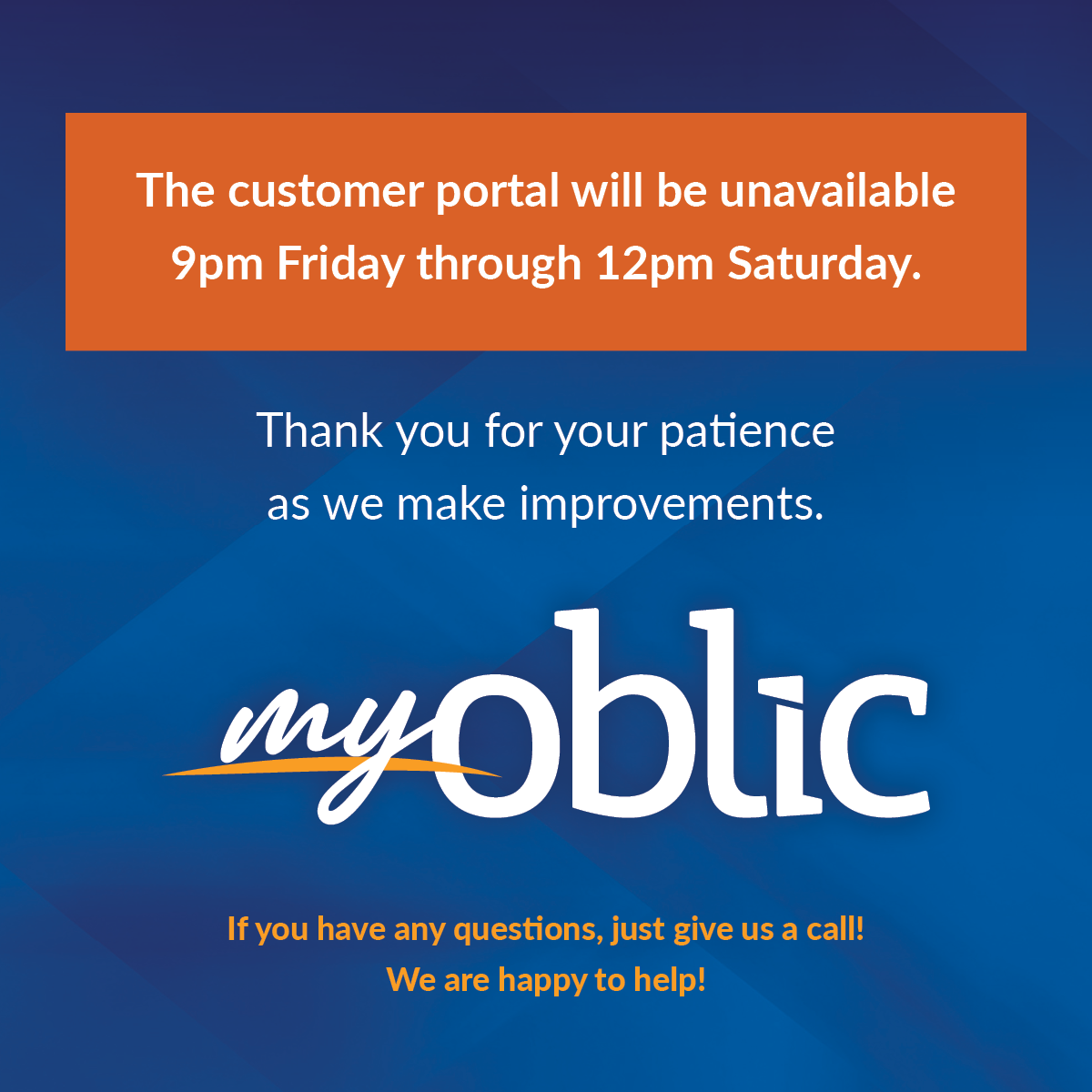OBLIC team members attended the ABA National Legal Malpractice Spring Conference in Charlotte, NC in early April. The conference kicked off with a session on legal professional liability risks on the horizon. With a panel representative of both professional liability carriers and private practitioners, the session identified claim trends and sought to anticipate and prepare for areas of malpractice and grievance risk for attorneys.
National claim trends mirror Ohio experience.
- Estate Planning, Trusts, and Probate is the area of practice with the highest rate of malpractice claims and a significant portion of grievance complaints.
- While most claims are resolved for a five-figure sum, the prevalence of “nuclear verdicts” in legal malpractice cases has increased.
- In general, the rate of occurrence of legal malpractice claims against attorneys has increased, with some studies suggesting that roughly 80% of attorneys will face a claim over the span of their careers.
What is contributing to these claim trends?
New technologies and workplace behaviors, population trends including the Great Wealth Transfer, and unresolved conflicts of interest are underlying modern claims. These same factors are anticipated to fuel similar claim trends into the future.
How can attorneys guard against these risks to reduce claim frequency and severity?
Attorneys have both resources and professional obligations to guard against client losses. By making risk management a priority lawyers in firms of every size can protect their clients and themselves from cybersecurity breaches, due diligence and confidentiality failures, and other errors.
- Firms should deploy cybersecurity and AI training to prepare for and protect against tech crime and misconduct. Firm cybersecurity protocols based on “Zero Trust” principles should be set and enforced, including multi-factor authentication for all account log-ins and out-of-band authentication (like a phone call to a verified number) for wire transfer instructions and other financial transactions. Multi-factor authentication (including internal software authentication using push notifications to a user’s cell phone and external authentication such as a phone call to a verified number) is an effective way to improve cybersecurity and prevent known cybercrimes such as wire transfer fraud.
Firms insured by OBLIC have access to our Cyber Toolbox, a comprehensive training and preparedness resource. Contact Loss Prevention for login credentials.
For more on AI best practices, see this OBLIC Alert. - Attorneys should recognize the impact of generational and workplace dynamics. Internal to firm operations, the rise in remote and hybrid practice has the potential to impede oversight, training, and peer support. As Baby Boomers retire and newer attorneys are developed, firm management should prioritize continuity in representation, firm training that leverages both technology and relationship development, and adequate peer-to-peer interaction to avoid isolation and ensure appropriate supervision. Firms that are innovative and intentional can successfully navigate these issues even in a remote environment.
- The aging population of Baby Boomers will also have external impact – “The Great Wealth Transfer.” This phenomenon refers to the estimated transfer of $84 trillion in wealth over the next 20-25 years. The sheer volume of estate planning and resulting distribution will certainly contribute to increased opportunity for errors and claims. Firms engaging in estate planning, trust, and probate work must ensure a high degree of competence, diligence, and clear delineation of attorney-client relationships.
Will, Trust, and Estate disputes and arguments among beneficiaries are increasingly subjecting attorneys to claims of malpractice or breach of fiduciary duty. These situations also often involve an attorney representing both the testator and then subsequently an administrator, trustee, or the estate itself. An attorney retained after the testator’s death must use extraordinary caution in assessing whether and when a conflict of interest arises and whether the conflict can be waived by informed consent.
In addition to due diligence, attorneys can manage these risks with thorough and clear communication. Every matter should include a written engagement letter that explicitly identifies the client, the scope of representation, and terms of legal fees. Every matter should also conclude with a letter or email that clearly explains that the attorney’s work on the particular engagement has ended. While these letters can keep the door open to future business, attorneys should recognize the importance of both the start and end of a matter.
We extend thanks to the ABA National Legal Malpractice organizers and panelists for their thoughtfulness, time, and research for this session and the other impactful conference sessions. We recognize the breadth of each of these topics but hope that this review elevates these emerging risks to manage them. Reach out to our staff of Ohio-licensed attorneys to discuss these topics further. We can direct OBLIC-insured attorneys to additional resources or a complimentary ethics consultation.
| Gretchen K. Mote, Esq. Director of Loss Prevention Ohio Bar Liability Insurance Co. Direct: 614.572.0620 [email protected] |
Merisa K. Bowers, Esq. Loss Prevention & Outreach Counsel Ohio Bar Liability Insurance Co. Direct: 614.859.2978 [email protected] |
This information is made available solely for loss prevention purposes, which may include claim prevention techniques designed to minimize the likelihood of incurring a claim for legal malpractice. This information does not establish, report, or create the standard of care for attorneys. The material is not a complete analysis of the topic and should not be construed as providing legal advice. Please conduct your own appropriate legal research in this area. If you have questions about this email’s content and are an OBLIC policyholder, please contact us using the information above.


